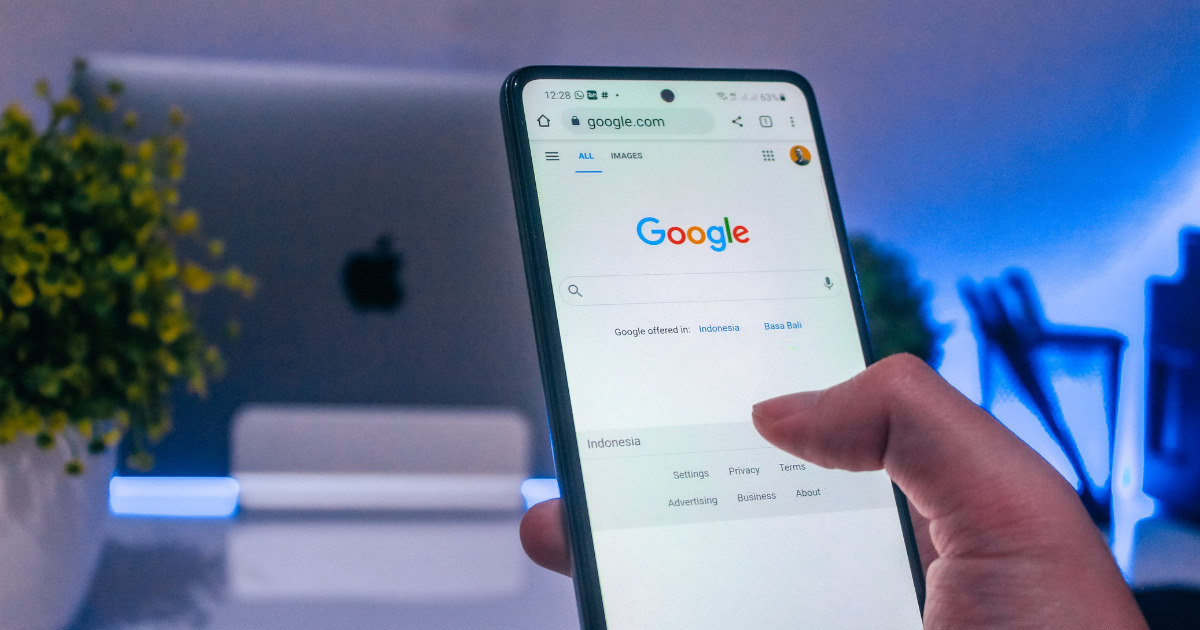“What kind of targeting settings are available for Search Ads?”
“Is there a meaning in conducting targeting settings in the first place?”
Are you wondering about these questions?
Targeting narrows down the users who can see your ad by making specific settings.
However, many may not know what effects narrowing down users can have.
In this article, we explain targeting so that even beginners in Search Ads can understand.
By reading this article, you can understand the following:
- What is targeting in the first place?
- Types of targeting
- Preparation before targeting
Targeting is a necessary setting to improve the effectiveness of Search Ads.
Let’s understand it well so that you can operate Search Ads effectively.
For business owners and PR professionals who want to start advertising, please read until the end.
Table of contents
What is Targeting in the First Place?
Targeting in web advertising refers to the function of delivering ads by narrowing down to users who are likely interested in your products or services.
By making settings, you can deliver ads to users who are likely to be interested in the ad content, making it easier to lead to conversions.
For example, if you target “women in their 20s living in Tokyo,” setting the ad delivery destination as follows will make it easier to lead to conversions:
- Age: “20s”
- Gender: “Female”
- Region: “Tokyo”
Also, targeting allows you to narrow down ad delivery to users who are less likely to lead to conversions, saving unnecessary costs.
In ad operations, it is ideal to increase the number of conversions with as little cost as possible.
Therefore, targeting can be considered a necessary function to enhance ad effectiveness.
In the next section, we will explain the types of targeting.
Types of Targeting Available in Search Ads Settings
There are roughly two types of targeting:
- Targeting focused on “places and times to display ads” → Targeting that determines the region, device, day of the week, and time of day for ad delivery
- Targeting focused on “people” → Targeting that determines users to advertise to based on data such as user behavior and interests
Google Ads allows both of the above targeting settings.
However, since the details are different, it is good to understand each targeting content well.
Below are the targeting settings available on each platform.
Targeting Available in Google Ads | |
Targeting Subject | Targeting Name |
“Places and Times to Display Ads” |
|
“People” | Audience Targeting
|
Google Ads Targeting
There are five types of targeting settings available in Google Ads:
- Region Targeting
- Day and Time Targeting
- Device Targeting
- Remarketing (Google Ads)
- Audience Targeting
Let’s go through each one to understand them better.
1. Region Targeting
Region targeting allows you to display ads to users in regions relevant to your business.
For example, for a retail business, you can set regions such as local areas, nearby regions, or specific prefectures where your products are likely to be sought after.
Advertising in regions unrelated to your business may lead to fewer conversions and generate unnecessary clicks, so it’s essential to think about which regions are likely to yield results before setting region targeting.
2. Day and Time Targeting
Day and time targeting allow you to specify the days and times when ads are displayed.
By targeting the periods when users are likely to see and take action on ads, for example, a beauty salon might choose to run ads during its operating hours when users can make reservations or inquiries.
To drive user actions, it’s important to think about the times when results are likely to occur and set your targeting accordingly.
3. Device Targeting
Device targeting determines the percentage of ad impressions on devices such as computers or smartphones.
Different users use different devices, so targeting needs to be based on understanding which devices your target audience uses.
In Search Ads, you can set targeting for the following devices:
- Computer
- Mobile
- Tablet
In Google Ads, you can decide where your ads will be displayed by considering which devices your ads should be shown on.
4. Remarketing
Remarketing allows you to display web ads to users who have previously visited your site.
As it appeals to potential customers, users are more likely to revisit your site, increasing the chances of conversion.
However, remarketing requires a reach of at least 1,000 users on your target list, and even with a list of 1,000 users, there’s no guarantee that ads will always be displayed, so caution is necessary.
Reference: About data segments – Google Ads Help
5. Audience Targeting
In Google Ads, you can set audience targeting.
Audience targeting narrows down the “people” targeted for ads based on user information such as gender, location, and behavioral history.
By making these settings, you can efficiently deliver ads to users who are more likely to be interested in your company’s ads.
There are various types of audience targeting:
- User Attributes
- Affinity
- Users with strong purchasing intent
- Similar Users
- Remarketing
I’ll explain each of them.
Reference: Target settings for ads – Google Ads Help
By setting the attributes of users to whom you want to deliver ads, you can display ads to users who match the specified criteria.
In Search Ads, the following attributes can be set:
- Age
- Gender
- Household Income
Users not set for these three attributes generally won’t receive ad impressions. However, keep in mind that this is based on Google’s estimations and doesn’t guarantee that ads will be shown to specific users.
Affinity is targeting based on user interests, concerns, and what they are passionate about.
It is useful when encouraging users interested in your products to make a purchase.
For example, if a cosmetics company is promoting environmentally friendly cosmetics, setting targets such as “enthusiastic about environmental issues” or “women who love makeup” can appeal to users interested in eco-friendly and makeup products.
By generating interest in your company’s products, it becomes easier to lead users to make a purchase.
Reference:Affinity Category Targeting – Display & Video 360 Help
Targeting is carried out for users who are positive about purchasing your products.
In the tool provided by Google, “Display & Video 360,” you can use lists of users with strong purchasing intent.
By adding this list to audience targeting, you can appeal to users who have shown interest in purchasing specific products.
Reference:Targeting Users with Strong Purchasing Intent – Display & Video 360 Help
You can target users with similar behavior, interests, and concerns as users on your remarketing list.
Even if users haven’t searched for your company’s products or services, if Google determines a high relevance in behavior, interests, or concerns, your ads will be displayed.
Reference:About Similar Users Feature for Search – Google Ads Help
As mentioned earlier, remarketing is targeting users who have previously accessed your site to display ads.
It’s effective when you want users to revisit your site, but be cautious as it requires at least 1,000 active users in the last 30 days.
Reference:About Data Segments – Google Ads Help
Preparation Before Targeting Settings
In this chapter, we’ll explain the preparation before setting targeting.
Efficient preparation is necessary for effective targeting settings.
Check the following points to prepare for targeting.
- Consider Personas
- Confirm if the “Media” is appropriate
Let’s explain each one.
Targeting Preparation 1. Consider Personas
Before setting targeting, let’s first consider personas.
Personas refer to “fictional personalities” likely to use your company’s products or services.
Think about details such as name, age, hobbies, family composition, and create a persona that resembles a real person.
The reason for considering personas is that without understanding the behavior and thinking of the target users, there is a risk of off-targeting.
For example, if the target audience for an ad is women in their 20s, but the targeting settings are set for all ages, the ad will be displayed to people of other age groups.
Therefore, there’s a possibility of running out of budget before women in their 20s see the ad.
Also, if the target audience is office workers, running ads during working hours may not result in many views.
To avoid off-targeting, it’s important to consider the behavior and thinking of the target users.
【Summary】Understand Targeting and Efficiently Run Ads
So far, we’ve explained an overview of targeting in search ads.
Targeting in web advertising is a feature to deliver ads to users who are likely interested in your company’s products or services.
There are two types of targeting, and setting both narrows down the range of ad display:
- Targeting related to “Place and Time of Ad Distribution” →Targeting that decides the region, device, day and time, etc.
- Targeting related to “People” →Targeting that decides the users to show ads to based on data such as user behavior and interests
Please check the table below for targeting settings available in Google Ads.
Targeting Available in Google Ads | |
Target of Targeting | Name of Targeting |
“Place and Time of Ad Distribution” |
|
“People” | Audience Targeting
|
By thinking in advance about the persona of the users you want to display the ad to, you can consider what kind of targeting settings to make.
By efficiently setting targeting, gather user information in advance.
Thank you for reading this far.
If you have any questions or concerns about search ads, please feel free to contact us from the following.
Our specialized staff will respond carefully.




